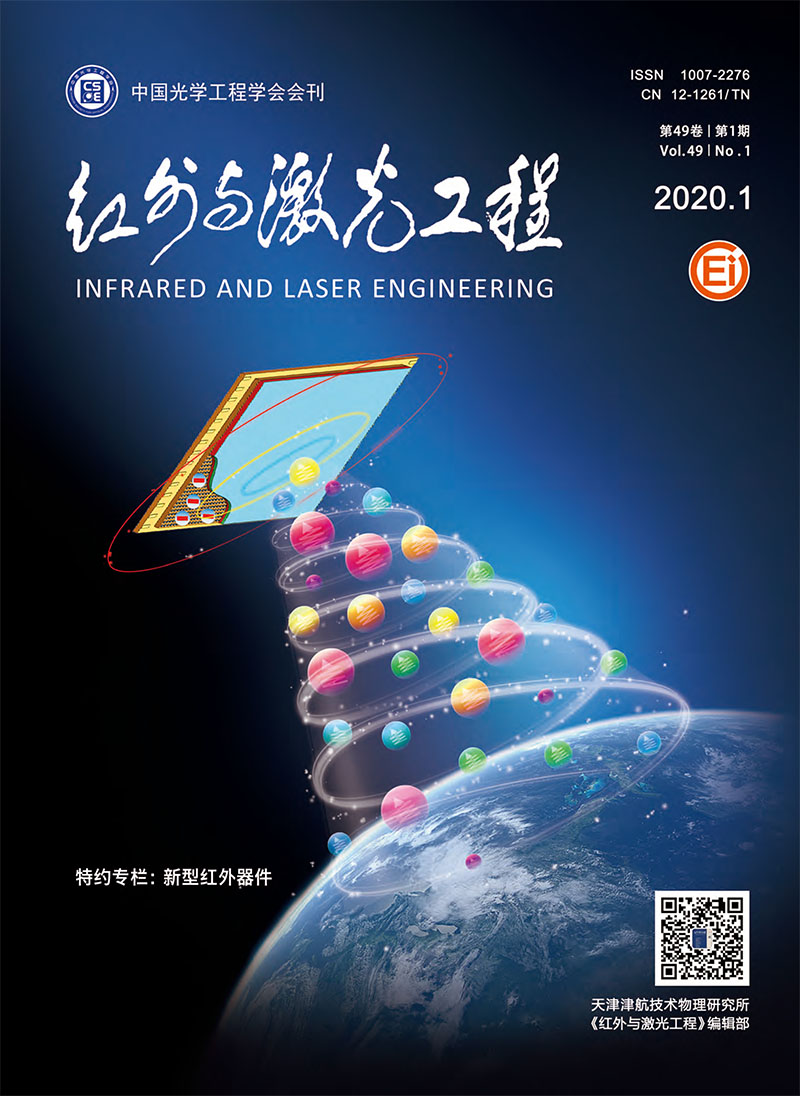Wang Xiangjun, Guo Zhiyi. Long-term target tracking algorithms in force-constrained platform[J]. Infrared and Laser Engineering, 2020, 49(1): 0126003-0126003(6). doi: 10.3788/IRLA202049.0126003
| Citation:
|
Wang Xiangjun, Guo Zhiyi. Long-term target tracking algorithms in force-constrained platform[J]. Infrared and Laser Engineering, 2020, 49(1): 0126003-0126003(6). doi: 10.3788/IRLA202049.0126003
|
Long-term target tracking algorithms in force-constrained platform
-
1. State Key Laboratory of Precision Measuring Technology and Instruments, Tianjin University, Tianjin 300072, China;
-
2. MOEMS Education Ministry Key Laboratory, Tianjin University, Tianjin 300072, China
- Received Date: 2019-09-05
- Rev Recd Date:
2019-10-15
- Publish Date:
2020-01-28
-
Abstract
In order to meet the long-term tracking requirements of platforms with weak computing power, such as the embedded system with C64x+ DSP as the computing core, a long-term tracking algorithm with low time complexity was proposed, which consisted of two parts. One part was the continuous tracking part and the other part was the target detection part. The continuous tracking part was based on adaptive update spatio-temporal context algorithm(STC), and the target detection part used normalized cross-correlation matching algorithm. If there were no special tracking scenarios such as field of view and fast moving target, the continuous tracking part outputted tracking results. After tracking failure, the whole image was processed in the target detection part, and the target was re-locked as long as the target appeared in the image again. Experiments show that target detection can accurately detect the target after it appeared, which meets the requirements of long-term tracking. At the same time, the robust of continuous tracking is also improved because the target location is redefined by the target detection part, when the result is not reliable. Using OTB2013 data set to test, the accuracy of this algorithm is 4.95% higher than that of STC algorithm.
-
References
|
[1]
|
Kalal Z, Mikolajczyk K, Matas J. Tracking-learning-detection[J]. IEEE Transactions on Pattern Analysis and Machine Intelligence, 2011, 34(7):1409-1422. |
|
[2]
|
Zhu Z, Wang Q, Li B, et al. Distractor-aware siamese networks for visual object tracking[C]//European Conference on Computer Vision. Springer, Cham, 2018:103-119. |
|
[3]
|
Li B, Wu W, Wang Q, et al. SiamRPN++:Evolution of siamese visual tracking with very deep networks[J]. arXiv preprint arXiv, 2018:1812.11703. |
|
[4]
|
Danelljan M, Bhat G, Khan F S, et al. Atom:Accurate tracking by overlap maximization[C]//Proceedings of the IEEE Conference on Computer Vision and Pattern Recognition, 2019:4660-4669. |
|
[5]
|
Zhang K, Zhang L, Liu Q, et al. Fast visual tracking via dense spatio-temporal context learning[C]//European Conference on Computer Vision. Springer, Cham, 2014:127-141. |
|
[6]
|
Rao Y R, Prathapani N, Nagabhooshanam E. Application of normalized cross correlation to image registration[J]. International Journal of Research in Engineering and Technology, 2014, 3(5):12-16. |
|
[7]
|
Wu Y, Lim J, Yang M H. Online object tracking:A benchmark[C]//Proceedings of the IEEE Conference on Computer Vision and Pattern Recognition, 2013:2411-2418. |
-
-
Proportional views

-









 DownLoad:
DownLoad: